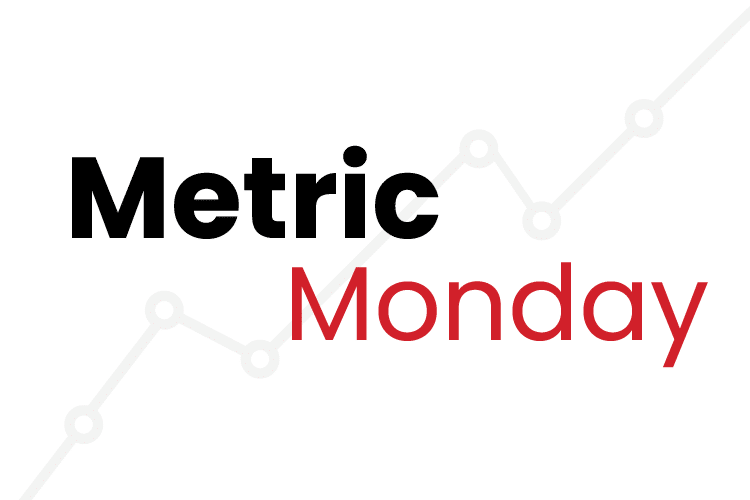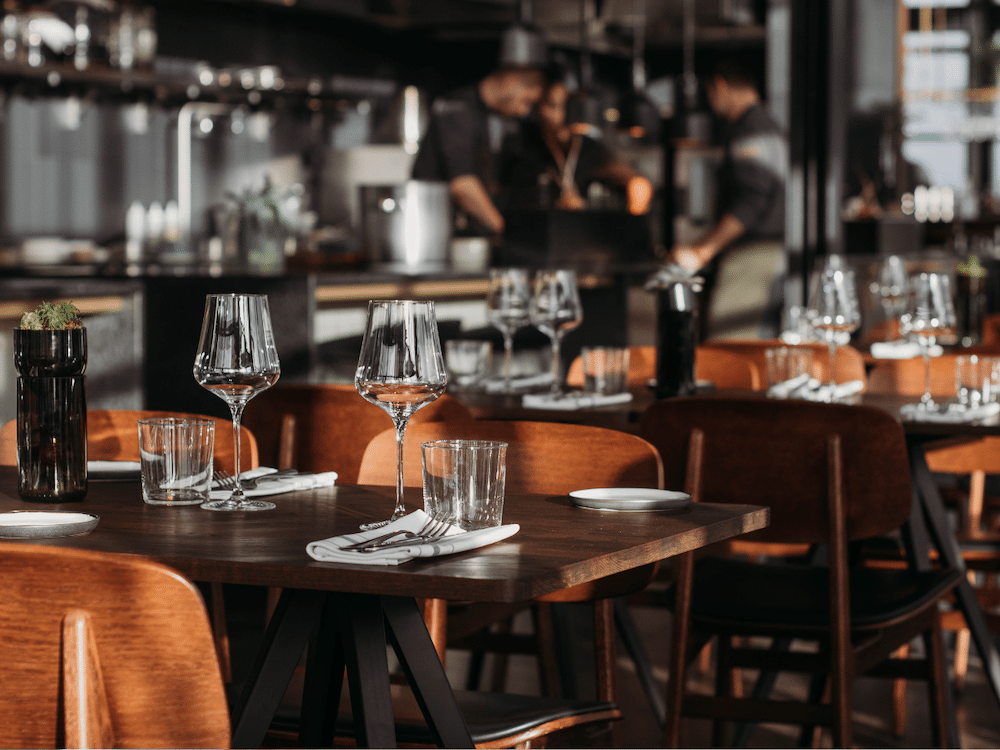What is business Intelligence?
According to Investopedia.com, business intelligence (BI) refers to the procedural and technical infrastructure that collects, stores, and analyzes the data produced by a company’s activities.
BI is a broad term that encompasses data mining, process analysis, performance benchmarking, and descriptive analytics. BI parses all the data generated by a business and presents easy-to-digest reports, performance measures, and trends that inform management decisions.
In a nutshell, BI is used to analyze historical data to predict future trends.
How do restaurants use business intelligence?
Restaurant business intelligence tools should not only match the profit-driving sophistication other industries have long embraced but should measurably bolster the bottom line in the face of any broader economic scenario. Such tools will empower store-level managers and corporate leaders to better control costs while improving guest experiences and sentiment, ultimately driving throughput, greater profits, and long-term growth.
What is the benefit of using a restaurant business intelligence tool?
According to R365’s business intelligence survey, 48% of respondents said their current tools weren’t user-friendly, were difficult to use, and were too complex without in-house expertise to properly turn the data into dashboards. Another 64% said building decision-making dashboards was too time-consuming.
A good BI tool enables operators to create dynamic, visually instructive dashboards with context and guidance, allowing them to compare multiple variables in search of hidden correlations and profit draining outliers that larger trends might
obscure.
How does restaurant business intelligence improve profitability?
It isn’t enough to just gather data. Interpreting the data and applying it to your operations puts you at a competitive advantage.
Business intelligence can help you evaluate restaurant data and drive critical business decisions such as managing inventory, organizing scheduling, creating loyalty programs, and improving underperforming stores. These key areas can add profit to your bottom line and ensure you are running a streamlined, optimized business.
How do restaurants use business intelligence to identify top menu items?
With the understanding of your menu’s top performers, you can better highlight customer favorites in your marketing campaigns and encourage your staff to selectively sell. For example, if you know appetizers are a big seller in the early evening, you can offer a happy hour special with a discount to get people to order on your slower days.
Menu engineering analytics allow you to adjust pricing where needed and strategically promote your best sellers that are also high-margin items. You can also identify underperforming items, making adjustments as needed with menu placement, description, picture, or price point.
With insight into the makeup of your sales, you can continue to intelligently grow customer satisfaction while simultaneously adding to your profits.
How do restaurants use business intelligence to forecast sales revenue?
Forecasting for your restaurant is one of the most powerful tools you can use. Restaurant forecasting involves monitoring past sales to identify trends, and then leveraging that information to predict future sales. POS data integrated with your restaurant management software is especially important to forecast sales revenue, allowing you to adjust costs as needed and create strategies to meet your long-term business goals. By analyzing historical data about sales, for example, you can do everything from plan inventory to make smart decisions about labor hour allocation.
How do restaurants use business intelligence to optimize scheduling?
Your restaurant operations reporting software can show a restaurant’s busiest and slowest periods for specific windows of time, broken down by hour, day-part, day of the week, or season. Your labor reporting helps you adjust your staffing to match when your sales are the highest, or when you are at a low based on seasonal or unforeseen circumstances. By using BI reporting to help meet your average labor spend goal, you can run at the optimum despite sales fluctuations.
How do restaurants use business intelligence to measure store performance?
If you own or operate multiple restaurant locations, accurate reporting is critical to show you the full, multifaceted scope of your business. Reporting across all your locations allows you to access metrics that objectively pinpoint high-performing and low-performing stores. You can also dive into the analytics of your best performing stores to see what they do well and examine the data from your least profitable stores to see what may be causing underperformance. With a thorough understanding of your different stores, you can use your business intelligence insights to bring all your locations up to speed.
How do restaurants use business intelligence to reduce food waste?
Accurate restaurant inventory management is the key to reducing food waste, and inventory is informed by data. If your POS system is integrated with your restaurant management system, you can automate tracking your theoretical inventory based on sales. With the addition of counting your inventory by hand, accounting for what is lost in spoilage or waste, you have accurate inventory data to streamline your entire system.
By understanding the variance between your actual versus theoretical food usage, you can start to make adjustments where there are aberrations in your inventory usage, implementing training or changing order quantities as needed. In addition, predictive analysis tools like smart ordering can suggest optimized orders based on inventory levels and sales forecasts.
Finally, with the right data, you can start to pinpoint areas of food loss by spotting food waste anomalies in your numbers. This allows you to improve policies to make staff more accountable for food loss and inventory management.
Conclusion
A business intelligence solution that consolidates and simplifies the growing mountains of data into a real-time, user-friendly visual will help leaders at every level close the time between when something happens and when a profit-driving decision occurs.
To learn more, download our free guide Restaurant Data and Business Intelligence.



